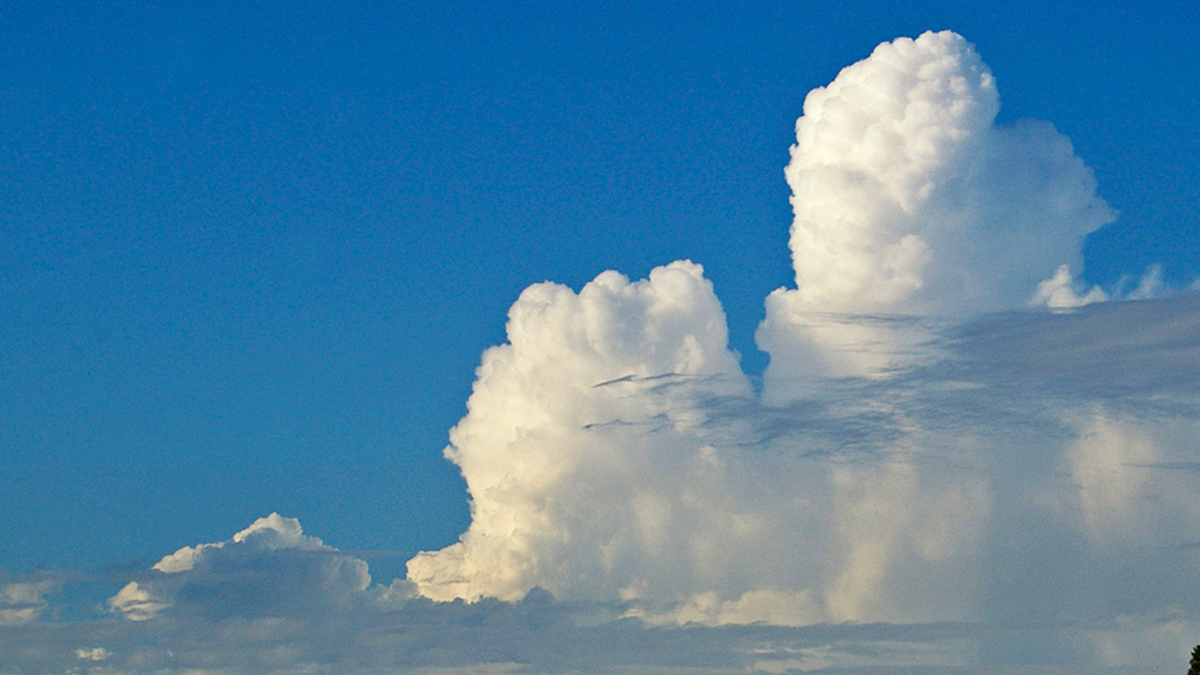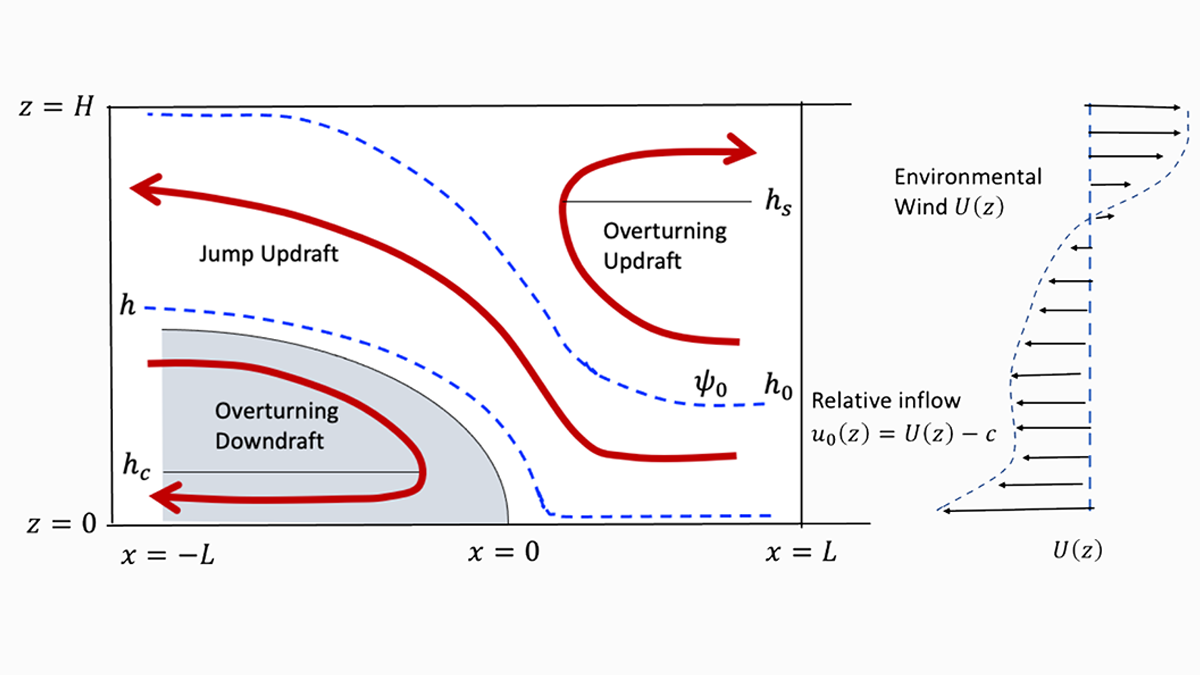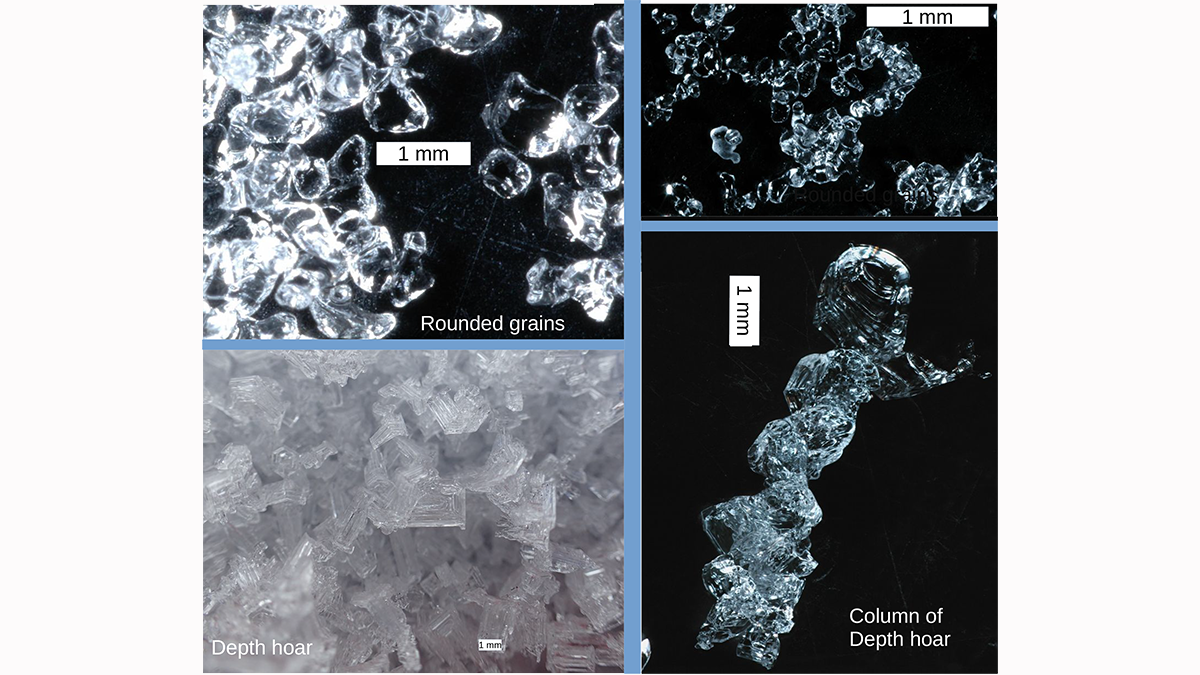A new study demonstrates how the abundance of congestus clouds in the tropics can be explained by the water molecule’s discerning appetite for infrared radiation.
Bjorn Stevens
Measuring Link Between the Chemistry and Physics of the Atmosphere
A new study sheds light on the coupling between the chemical composition and the physical properties of the atmosphere.
Better Resolution Might Unlock the Mystery of Storms
Climate models have many persistent and systematic biases, but a new study shows that allowing for a physical rather than statistical representation of energy transport reduces one of them.
A Theory of Squall Lines
About 50 years ago, vorticity thinking helped unveil basic properties of squall lines. Zhang now provides a closed theory, demystifying one of nature’s most important forms of convective organization.
Outsourcing the Work of Industrial Climate Science
Climate science is increasingly structured in ways that subcontract repetitive activities to graduate students. Here, early career researchers raise the issue and explore some tradeoffs.
Measuring the Microstructure of Snow from Space
There is more to snow than flakes. Microwave measurements are shown to be capable of illuminating the microstructure of snow in ways that will improve our ability to monitor snow fields from space.
Ice Begets Ice in the Clouds of the Southern Ocean
Poorly understood ice multiplication processes, not aerosols, may determine the microphysical properties of climatologically important clouds over the Southern Ocean.







